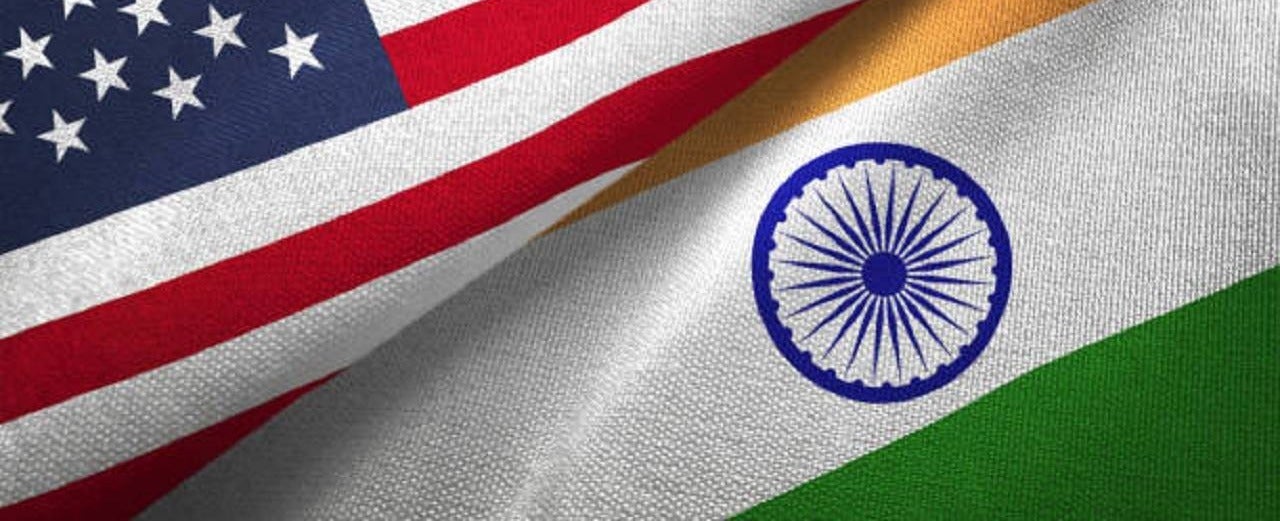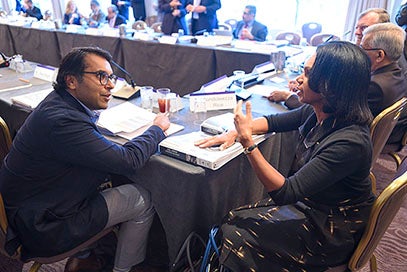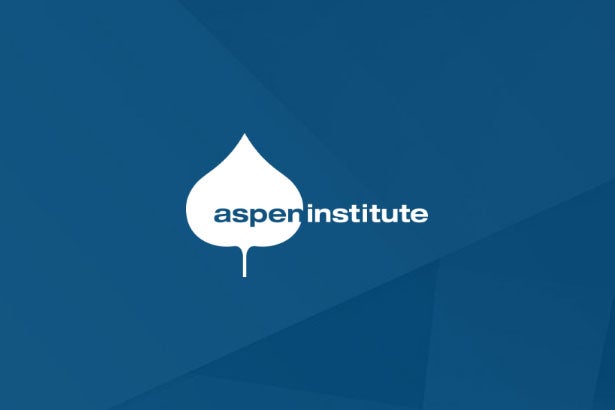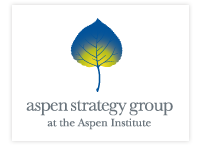The U.S.-India Strategic Dialogue
In 2001, the Aspen Strategy Group conceived of a major Track II effort to take what was then a fledgling strategic relationship between the world’s oldest and largest democracies to the next level. With an inaugural trip to India in January 2002, the “U.S.-India Strategic Dialogue” was born. The Dialogue has been instrumental in changing policy and perceptions.
The work of the U.S.-India Strategic Dialogue comprises bi-annual, reciprocal government visits and joint roundtable meetings in Washington and New Delhi. For each session, 15 to 20 delegation members from each country take part. Delegation members have past senior-level policy making experience and hold high ranking positions in NGOs, academia, industry, and the media. Members of Congress and Indian Members of Parliament are also invited to join the delegations.
The Aspen Strategy Group convenes the U.S.-India Strategic Dialogue in conjunction with the Confederation of Indian Industry (CII) and the Ananta Aspen Centre. CII, which is based in New Delhi, offers expertise in strategic policy issues and has a track record of partnership with India’s policy makers as well as its membership of successful large and medium Indian companies.
“In 2001, C.I.I. partnered with the United States-based Aspen Institute to sponsor a meeting between Indian and American ‘thought’ leaders in the Indian city of Udaipur. The United States and India, after decades of frosty relations, had suddenly warmed up to each other, especially after a visit to India by Bill Clinton. But neither side knew how to move forward. The Udaipur meeting brought together Henry A. Kissinger, the former national security adviser Brent Scowcroft, the Harvard scholar Joseph S. Nye Jr. and others on the American side to meet with an Indian delegation that included the industrialist Ratan N. Tata and the influential diplomat Naresh Chandra. ‘We started talking about defense, about energy,’ recalled Tarun Das, the former head of the C.I.I. ‘We started talking about H.I.V./AIDS. The dialogue went into: “What else can we do? How can we build trust between the two countries?” There was only mistrust after 50 years.'”— “Industry in India Helps Open a Door to the World” published March 31, 2012 in The New York Times
“As a former Aspen Strategy Group member I applaud the visionary ethos that defines the Strategy Group Track II diplomatic efforts […] Aspen’s vital U.S.-India Strategic Dialogue is just one example of all of those Track II efforts. Speaking to you now as the Under Secretary for Political Affairs and now a practitioner of decidedly more Track I efforts, I can’t even begin to commend the work that Aspen does and the importance of that Track II work.” — Wendy Sherman, Under Secretary for Political Affairs, State Department
“The United States’ opening to India represents one of the most consequential bilateral engagements in recent history with true global significance, and the ‘U.S.-India Strategic Dialogue’ has helped create a series of vital conversations between key figures on both sides to help serve as a catalyst for forward momentum in the relationship.” — Kurt Campbell, Former Aspen Strategy Group Director



